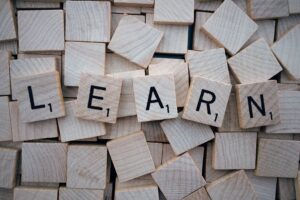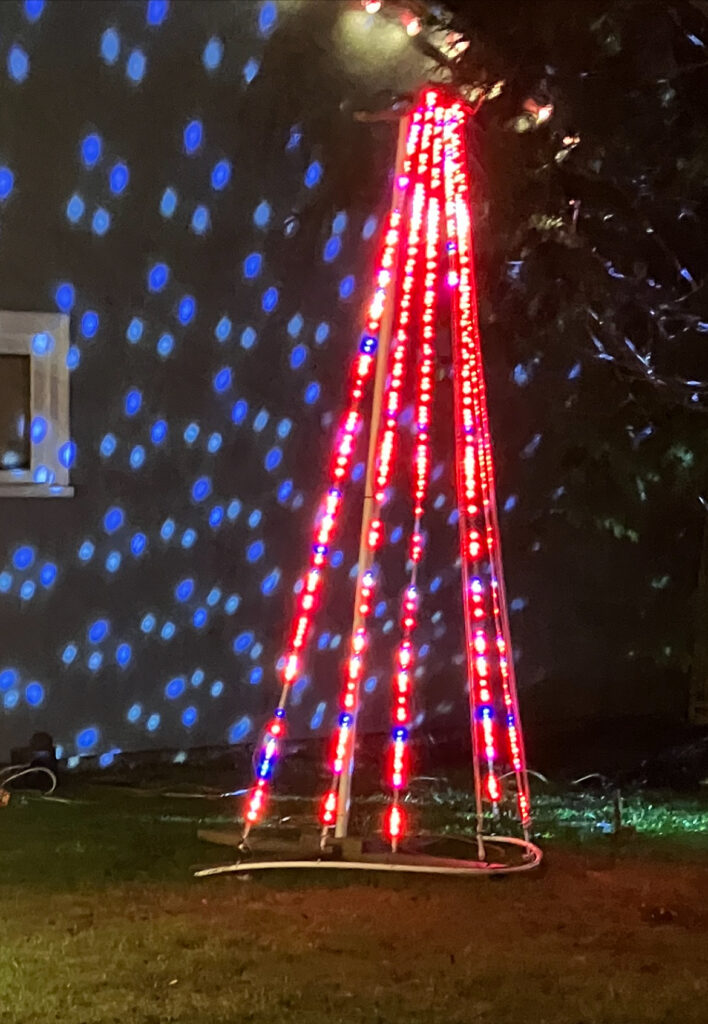To answer this prompt, I am going to start with a story outlining a timeline of some of my learning environments.
Comparing my online and face-to-face learning experiences is interesting to consider. To put it into perspective, I have had many online learning experiences. I have experienced online experiences due to a pandemic where everything went online suddenly and I have also registered in various courses designed to be online.
First off I think it is important to differentiated synchronous and asynchronous learning as I think this plays into my experiences with online learning. I couldn’t decide which one to share so I included both.
Starting in Grade 11, I participated in Photography online which was asynchronous and personalized learning and provided many opportunities to use the skills taught and go out in nature to complete the assignments. Throughout this course I had little interaction with the instructor but still enjoyed being able to explore and follow a more personalized and self-paced learning design.
In Grade 12, I then took another asynchronous class but this time it was more academic (Biology 12 through SIDES). This course is designed online and I had more opportunities to connect with course instructor if I chose to (I think there was office hours and open sessions at SIDES for those who wished). However at the time, I was doing IB classes and just did the Bio class on my own time through Moodle I believe.
Both these experiences I enjoyed and appreciated the asynchronous aspect. I have always had motivation to learn so little to no contact with my instructors did not impact my learning. Although, I know for some they did not enjoy that there was no collaboration and limited real time-communication. It was very much an independent experience where you had to reach out for help if you needed it and you had to be motivated to complete the assignments.
Next University, I started my university experience with only in person classes and started to create a community as I transitioned to post-secondary. Then COVID hit in 2020 and I all my courses switched to online. This I would say was probably the hardest transition for everyone as classes were not designed for online. We would try to do pair shares which in zoom is not easy and has to follow more of a breakout session instead of a quick talk with your partner. The classes primary went to a very lectured format. Where we as a cohort would connect before or after as a group to just chat like in a room. Although this informal chatting was lost in Zoom, we made it work and professors transitioned to this experience we were all living.
Something that was a transition for me was at the time, I was co-president of our Education Student Association and we were planning our Career Fair which invites school districts to come showcase their teaching opportunities in a table fair format. However, during this time it was not possible and designing a whole new structure had to be made. Many considerations had to be made. First off a sign up for districts participating and also in an online format sign up for participants. If in person, we didn’t need a sign up as it was an open event people came and attended as they can. This was tricky as we had to pre-determine peoples districts of interest all while insuring no breakout room was left empty and had it more presentation style because there was no informal questions that promoted discussion and no free merch to entice students to view. I thought sharing this experience was helpful as it was challenging and I learned lots about planning an entire online event for over 200 people.
Finally, after all of this I decided I should enroll in the Information Communication Technology Professional Specialization Certificate, which I then took numerous online courses for as well as some Art Education courses. Art Education courses followed a similar experience to my Photography course in high school. These course had both synchronous and asynchronous aspects. Whereas the Certificate courses opened doors to various resources and ways to still promote communication (outside just discussion posts). Most used similar structures to our current Masters course. Using tools such as Jamboard, Padlet, Twitter, Hypothes.is, blog, breakout rooms to name a few. Most of these classes were asynchronous but it did not feel like it as you were constantly collaborating and that communication piece was prevalent and felt almost like face-to-face classes . This made me like online courses again and really value them when they are designed to be online. Ultimately, I have always valued the flexibility of online environments and the ability to return to lessons as you need to or go quickly through lessons you already understand. It really follows a personalized approach in my opinion but lacks the interactive aspects.
All in all, I believe that all learning environments have benefits and it truly depends on the learner and instructor. My experience was shaped by many factors and if you would of asked me in the pandemic if I wanted to complete another online course I would have said no. That is no longer the case and because I am motivated and use various tools to promote that collaboration, I have enjoyed all my online courses within this Masters program. Again, this is because it was designed to be online and not thrown online. The design itself is important and last term, we saw that first hand as Michael created a learning community by incorporating thoughtful tools, assignments and resources to promote connections and learning from each other.
I created this poster of some of the differences that come to mind between Face to face and online learning. I found this article interesting regarding some of the challenges for online learning .

What is only possible when face-to-face and what is only possible when online? What are the shared elements from both a face-to- face and online learning experience that create meaningful learning? Discuss with examples
To address this question, I think it depends on the design of online learning. I do believe that with today’s tools and technologies there are lots of opportunities to foster collaboration and community, which I think previously could of lacked if not well thought out. This could also be true in a classroom though as well, if design is not thoughtful. Something that comes to mind is that with online learning, I believe (although I have never taught in an online environment), that you would have to be even more organized with the platforms you are using as well as the technology you are working with. There seems to be more preparation and thoughtfulness involved. Whereas in face to face settings, it is more easy to adapt and adjust according to behaviours and needs in real time. As an example, you see that the children in your class are very wiggly, you could call a movement break. Another example, would be to do an impromptu turn and talk as the class seems to need more time to discuss or are perhaps more chatty and want to share examples. These two examples are harder to do in online settings. It is not impossible, it is just more challenging. Those are just some main examples as well as some in my poster .
I think that this article does a good job at summarizing the importance of online learning and with its title (Why Not to Quit after First Attempts into Online or Hybrid Learning) really circles back to the idea and importance of learning




Recent Comments